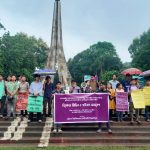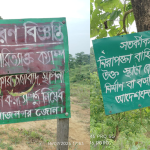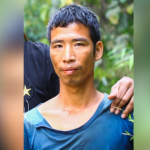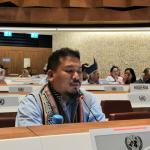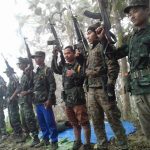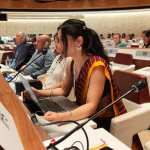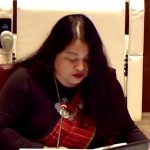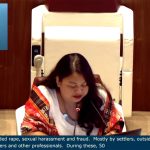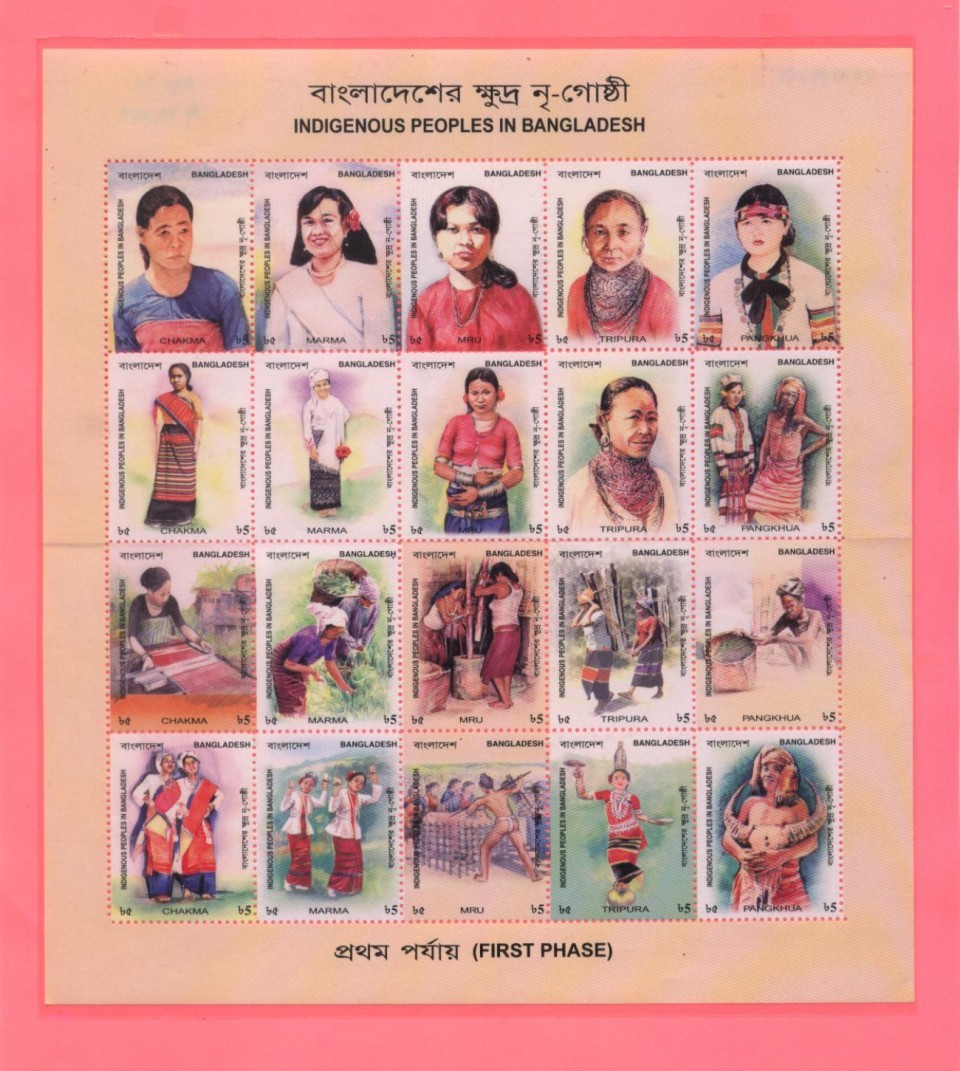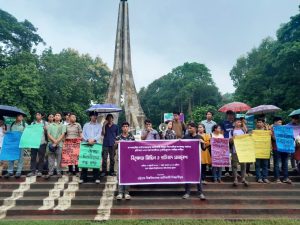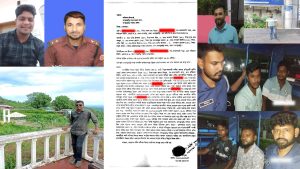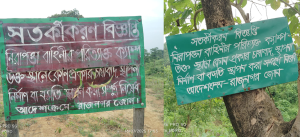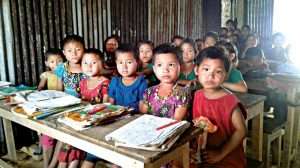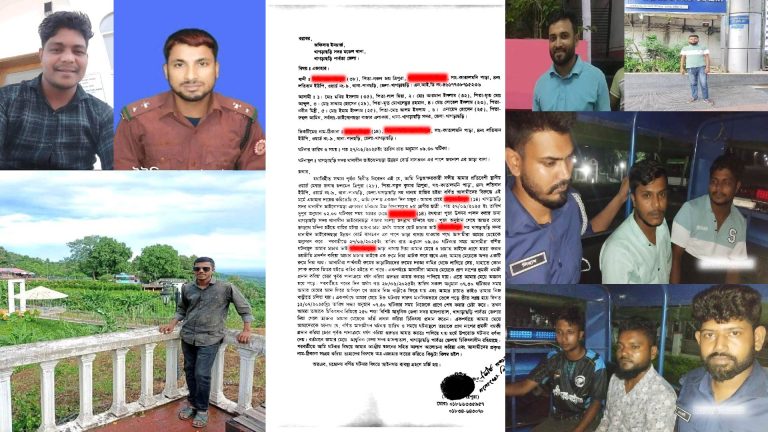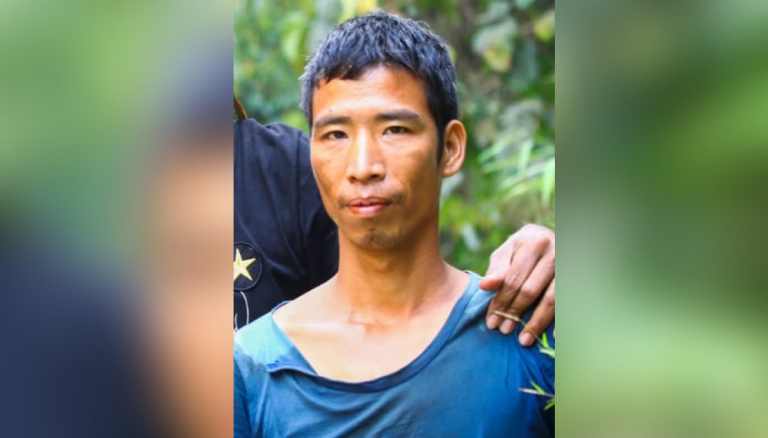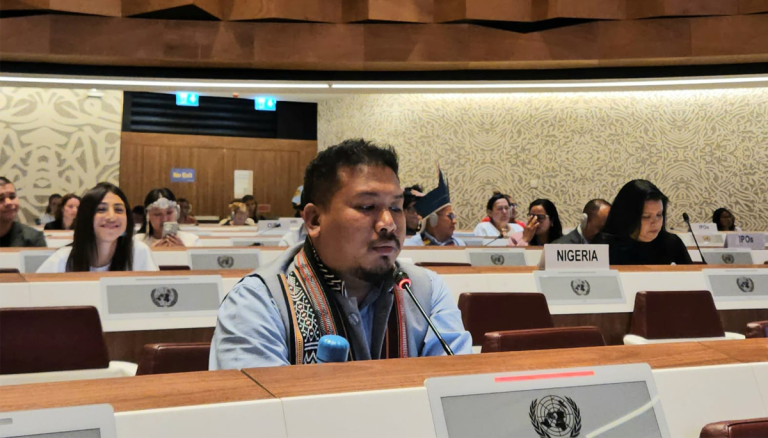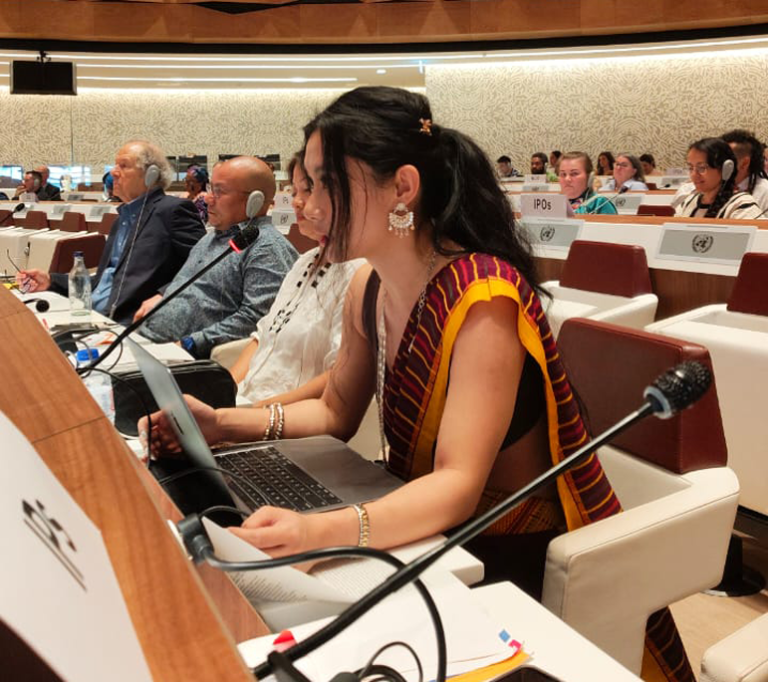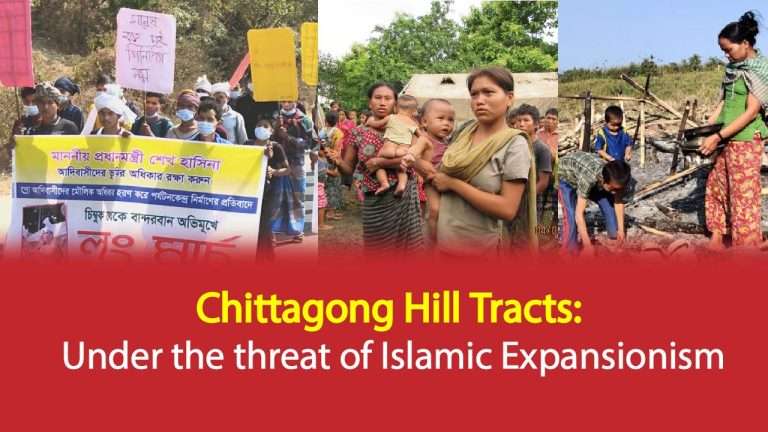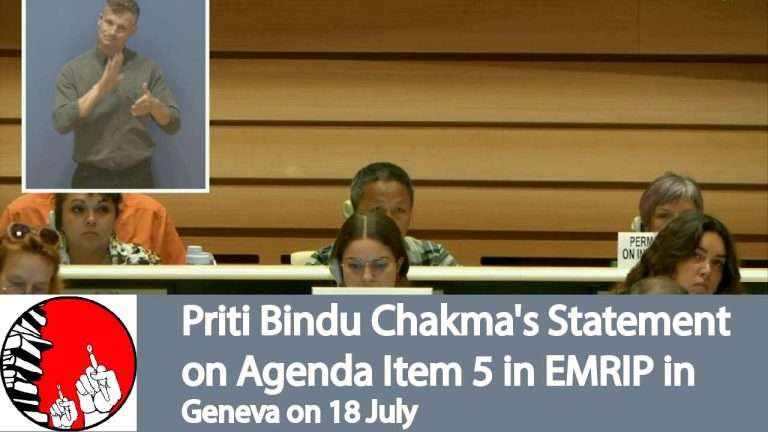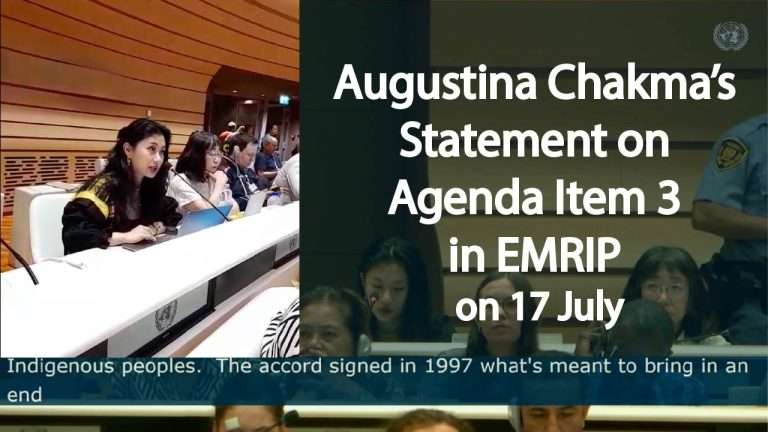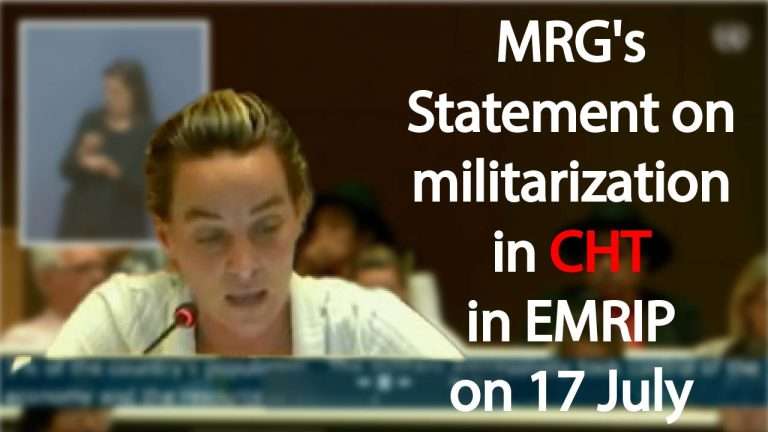Zobaida Nasreen
The images of indigenous people are exhibited by the Bangladeshi government for various purposes. A video entitled “Beautiful Bangladesh: Land of Stories” and made by the Bangladesh Tourism Board also features the water festival of Marma communities in the Chittagong Hill Tracts (CHT) to attract tourists to Bangladesh. In 2010, the government issued stamps using the images of indigenous women in recognition of the country’s rich diversity and to promote tourism in the CHT. As well as posters carrying these images, one may also have come across news and photos of “tribal” dances being performed for our foreign guests. However, when it comes recognising their unique identity, the state has been less than enthusiastic and rather claims that there are no “indigenous” people in Bangladesh. It has even made it mandatory that foreigners willing to visit the CHT will have to get permission from the home ministry.
These communities, thus, face the paradox of attracting inbound tourism but lacklustre response to questions of their own identity and recognition. This year, the theme of the International Day of the World’s Indigenous Peoples is “Indigenous Languages”. A survey conducted by the Institute of Mother Language in Bangladesh disclosed that among 41 indigenous languages, 14 are endangered, and the reason for indigenous languages being used less is the declining numbers of indigenous people who speak the languages as well as the dearth of government support to keep the languages flourishing. Each of these languages signifies a distinct culture and is a source of pride for the native speakers. Researchers have found the existence of approximately 7,000 languages in the world. The Endangered Languages Project found out that more than 40 percent of the world’s languages are endangered, and that one language dies out every 14 days. This happens when, among other reasons, speakers of minority languages are wiped out by war, violence or other forms of threat, or when the process of intergenerational transmission of language somehow gets intermitted or destroyed.
This needs to be kept in mind when we talk about the languages of indigenous peoples in Bangladesh, where unwanted interruptions have taken place even in schools. One of my friends had dropped out twice from school. The first time was because of a misunderstanding between him and the class teacher. He told me that in the Chakma language, unlike in Bangla, there is no division between the distinct referential terms of address such as “tui”, “tumi” and “apni”. The Chakma language has only one way of addressing a person, and that is “tui”. So when my friend Barun was eight years old, he addressed his class teacher as “tui”. The teacher, who was a Bengali, could not accept it, thinking it was meant to disrespect her, and so she beat him badly. Later, Barun dropped out of the school.
In the CHT Peace Accord, signed in 1997, Clause 33 (b) states that primary education should be conducted in the mother tongue. However, it took nearly 13 years of lobbying and activism before education in one’s own language (read indigenous language) was officially recognised, in the National Education Policy 2010 (Sections 18, 19 and 20). After that, the government set out to prepare and publish textbooks in five indigenous languages for the pre-primary level. It was stated in 2013 that books of indigenous languages were delivered to children who speak those languages. But not enough teachers from those communities were recruited to ensure the purpose behind the clause is served. It gets trickier when the children enter the primary and secondary levels, where they don’t have the opportunity to study in their mother language. As a result, they are forced to change brusquely from studying in their mother language to a second, different language.
Central to this state of incongruity is the fact that the state exercises power over the indigenous people through the domination of Bangla language. Michel Foucault treats power as a net-like organisation of relationships running through the whole social body. This analysis enables us to see that power is not concentrated in the state apparatus; the state must rely on other knowledge-producing apparatuses to render its functioning possible.
I recall a Marma friend who once told me about an experience of his father that, he said, was quite common in the indigenous communities. He said that his father’s name was Jibon Chowdhury. When I expressed my surprise at the nomenclature, he explained that when his father was admitted to school, his Bengali class teacher found it difficult to pronounce his Marma name and so changed it to Jibon. It was easier to pronounce for the Bengali people, and thus his father lost his right to his Marma name.
The exercise of power through language is not limited to imposing Bengali names only; sometimes we see derogatory names being used by security personnel on the streets such as “Chakku” for Chakma, “Mogh” for Marma and so on. Scott (1990) said that when a commoner addresses the sultan in Indonesia, he uses the term “hamba”, which roughly translates to “your slave”, and he was traditionally positioned before the throne in a posture of wretched humility. Every such encounter that brings together people of different statuses in such societies is designed to underline and support these differences by rules of language, sign, tone, and dress.
Can forced naming be treated as an “ordinary” issue? Just the contrary. Such naming practices can be considered a form of violence (Dawes, 1991). Among post-structuralist theorists, this is an essential and commonly raised critical maxim. The act of naming can be a matter of forcibly attaching a label to a person or object with which one has only the most random of relationships. Names create an “other”, establish hierarchies, enable surveillance, etc. Naming is a strategy that one uses in power relations. Discussing the naming practices of Nambikwara children in “Of Grammatology”, Jacques Derrida identifies naming as an act of “originary violence” that is productive of both the disciplinary violence of the law and the cognate violence of its infractions: “war, indiscretion, rape”. Naming is the authority’s attempt to classify and control disparity. For Derrida, as well as for others, this is at the heart of post-structuralist logic.
Along with that, the dominance of Bangla language is seen not only in the official activities in the CHT but also in other areas of the life of the people. The Bengali settlers of Khagrachari changed the names of various places originally deriving from Chakma, Marma and Tripura languages. In some cases, the religious identity of Bengali Muslims was given precedence over others in naming/renaming places. The nationalist sentiment demonstrated by the alteration of names of different places in the CHT can be easily understood when you look at the history of the names of those places.
The change in names can be interpreted as a tool of domination, just as it is used as a weapon of resistance. Graves (1998) states that inherent in language is a political grammar of social oppression and social resistance. Scott (1990) refers to the process by which Aesopian language may offer a means of direct vituperation, which is very much like the process by which everyday forms of struggle give way to overt, collective insolence.
As we observe the International Day of the World’s Indigenous Peoples today, we must remember this process and understand why it is so important to protect all indigenous and minority languages. Because when a language dies, a culture dies with it too, and if we allow it to happen, we will never be able to resist the hegemony of language and power.
- Zobaida Nasreen teaches anthropology at Dhaka University.
- Email: zobaidanasreen@gmail.com
